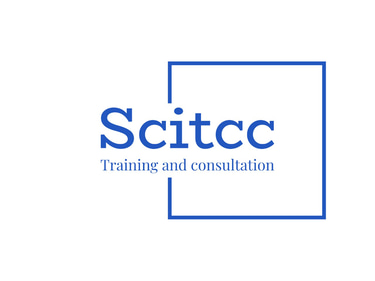
Leadership Styles and Work Dynamics: Strategies for Effective Decision Making
Leadership Styles and Work Dynamics: Strategies for Effective Decision Making
$3500.00
1. Course objectives:
Understanding different leadership styles: Identify leadership types and how they impact teams and work dynamics.
Work Dynamics Analysis: Studying the interactions between team members and how to improve team performance.
Enhance decision-making skills: Explore tools and techniques for making effective decisions in different work environments.
Managing Conflict Effectively: Learn how to handle conflicts in a constructive way to foster cooperation.
Balancing Leadership and Management: Gain strategic leadership skills with a focus on planning and execution.
2. Target group:
Managers and team leaders across various sectors.
Human resources and organizational development professionals.
Entrepreneurs and startup owners.
Individuals aspiring to develop leadership and teamwork skills.
Anyone seeking to enhance their skills in making effective decisions and analyzing business dynamics.
3. Learning method:
Interactive Sessions: Educational lectures that discuss modern theories on leadership and business dynamics.
Practical workshops: Practical applications through group activities and simulations of real-life situations in work environments.
Case Studies: Analyze real-life examples to understand how to make effective decisions.
Personality Style Tests: To identify participants' leadership style and enhance their self-awareness.
Group discussions: Exchange of experiences among participants with a focus on challenges and solutions.
Daily practical tasks: To apply what was learned during the daily sessions.
4. Daily training topics:
Day 1:
Introduction to Leadership: The Difference Between Leadership and Management.
Identify the main leadership styles (democratic, autocratic, transformational, etc.).
Application of a leadership style test for each participant.
Day 2:
Work dynamics: its concept and importance in different work environments.
Understanding the interaction between team members (team roles, conflicts, and cooperation).
Strategies for building cohesive and effective work teams.
Day 3:
Principles of effective decision making.
Tools and models used in decision making.
Practical examples: How to handle sensitive decisions.
Day 4:
Managing Conflict Within Teams: Methods and Techniques.
How to foster a culture of open communication and problem solving.
Practical application of virtual conflict management.
Day 5:
Combining strategic leadership with effective execution.
Evaluate performance and make continuous improvement decisions.
Prepare a personal action plan for each participant to improve their leadership style and work dynamics in their team.
5. Evaluation methods:
Active participation in workshops.
Submit a personal action plan on the last day.
Pre- and post-course questionnaires to measure the extent of benefit.


